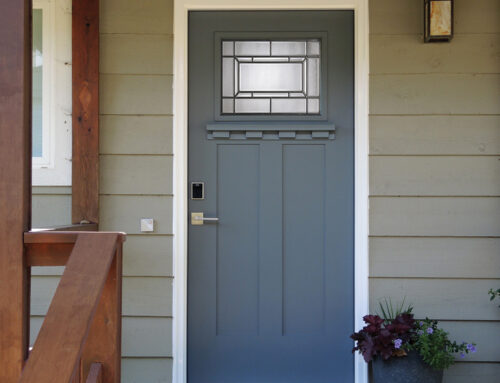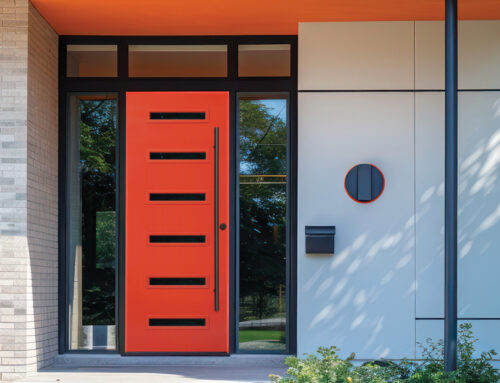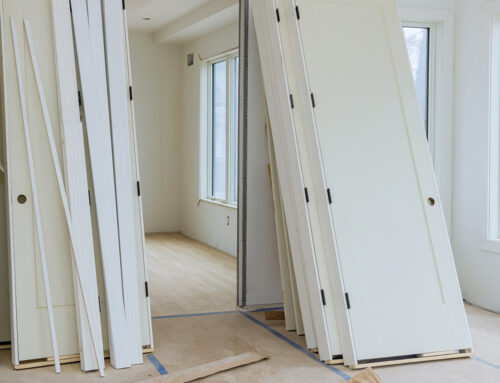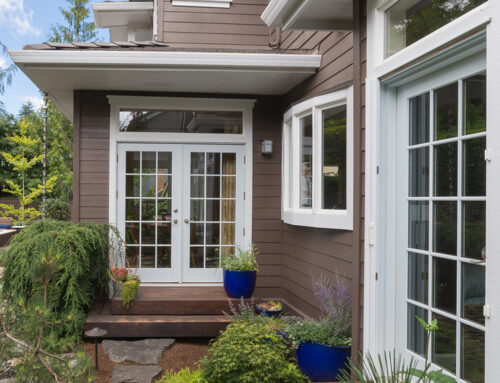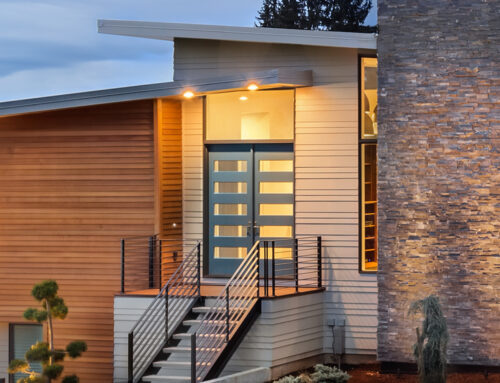In traditional home building, the gold standard for hundreds of years has been to have a sturdy door made of wood. Wood was not only a strong material, but it could be cut and sized to fit just about any doorway. It was excellent at keeping unwelcome guests out of the home, while at the same time being an affordable material that was readily available. Wood also possesses all sorts of physical properties that make it extremely useful for building doors.
But in recent years, man-made variants of doors have been able to take over from the once-prized position that wooden doors once held. Iron and steel doors worked well but were not nearly as cost-effective or resilient as this newcomer: fiberglass.
What are their differences?
Wood is a readily available material, which can be sourced from a wide variety of different types of lumber. Some hardwoods, such as oak or teak are extremely durable, however, they are not impervious. These types of wood are also increasingly expensive due to their increasing scarcity, especially hardwood forests–are diminished due to climate change and over-harvesting. Wood doors allow for some excellent energy retention, however, unlike other door materiel options. Wood can also be built into nearly any size or shape and painted or stained nearly any color.
Fiberglass, however, is a man-made material, created from layering epoxy or resin layers with silicate fibers or “glass.” Fiberglass is readily available and relatively inexpensive, due to the fact that silicon dioxide, or common sand, is a major component. Fiberglass can also be made out of recycled materials, making it more sustainable than wood varieties which are facing scarcity around the world. In recent years, fiberglass has come a long way, with advances in fabrication allowing for extremely strong materials to be made. They can be formed to any size or shape, possess extremely efficient insulation ratings, and can be made nearly as strong as steel pound for pound. This means that fiberglass is a very good consideration for a lightweight material that can provide protection for your home just as good, if not better than wood. If you’re still not sure which is the best choice, fiberglass or wood, we’ve listed out some of the pros and cons of each.

Pros/Cons of Wood
- Durability? Very, however wood is susceptible to water, UV radiation, and weathering.
- Cost? Fairly expensive for stronger varieties.
- Advantages? Trees are a renewable resource and completely biodegradable. Traditional building material.
- Limitations? Over time, wood shrinks, warps, and requires constant upkeep or eventual replacement.
Pros/Cons of Fiberglass
- Durability? Extremely durable. Susceptible to high temperatures, certain caustic materials, and UV radiation.
- Cost? Less expensive than high-quality wood. On par with lower quality wood.
- Advantages? Extremely strong for its weight. Manufactured to exact sizes. Color can be made throughout the material, and never needs painting.
- Limitations? Almost none, other than damaged fiberglass must be replaced or repaired with special equipment. It does not look as traditional as a wooden door.

Fiberglass or Wood? The Choice is yours
Wood and fiberglass both have their benefits and in the end, it depends on what your personal preferences are for your home. Fiberglass is a newer technology and hasn’t built quite the reputation as wood, however, it is not the same fiberglass from forty or fifty years ago. Many advances have been made in its creation, and from the outside, you might not even be able to tell the difference. Wood still offers a classic look and provides a biodegradable option when replacements need to be made.
Why Trimlite?
Consult one of our experts to decide which is right for you. We are happy to answer any questions you might have and stand by our inventory. Shop Trimlite today for these amazing doors!


